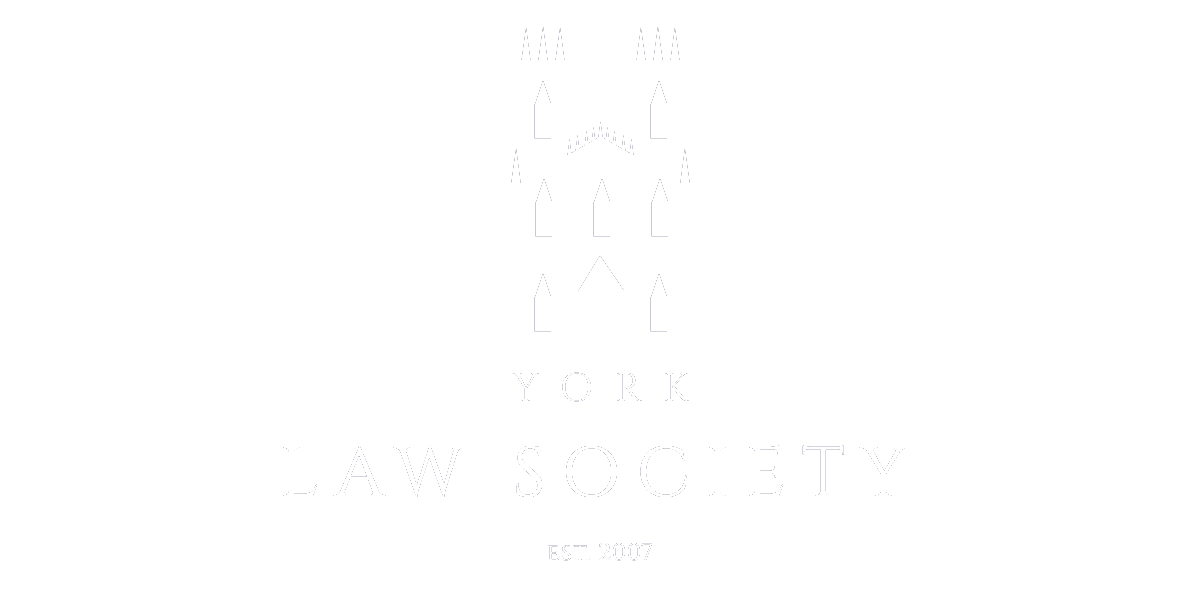Child Labour in the US
Tobacco products are sold around the world by multi-billion-dollar companies. Evidence demonstrates how children, internationally, are diverted from their education and employed in tough conditions on tobacco farms [1]. Children labouring in these fields sowing and harvesting this harmful product ultimately affects their education, health and future.
Statistics from 2011 indicate that approximately 1.3 million children under the age of 14 worked 50-60 hours a week in terrible conditions on tobacco farms [2]. According to the International Labour Organisation, these numbers are rising as demand for tobacco is growing [3]. The US Department of Labor publishes an annual list of Goods Produced by Child Labor, which usually includes the same 16 countries where child labour is being used to farm tobacco. However, there have been reports of child labour in other countries that have not yet been exposed, notably the United States.
In the United States, children cannot legally purchase tobacco before the age of 18; they can however still work on these hazardous farms, being exposed to chemicals, dangerous machines, as well as overheated conditions which can lead to poisoning, sunstrokes, and severe exhaustion. Statistics have shown that two-thirds of children who have died from fatal injuries work on farms [4]. Additionally, there are more than 1900 non-fatal injuries to these children annually although these are not reported by the Hazardous Occupations Orders for Agricultural Employment (HO/As) [5].
Excluded from both the National Labor Relations Act 1935 [6] and the Fair Labor Standards Act 1938, agriculture workers in the US are not protected by legislation [7]. Under US federal law, children aged 12 can work if they have permission from their parents as ‘a child of any age may be employed by his or her parent or person standing in place of the parent at any time in any occupation on a farm owned or operated by that parent or person standing in place of that parent’ [8]. Minors are not required to obtain work permits and there is no limit on the number of hours they can legally work. This has far-reaching consequences for the rights of children. Article 32 of the United Nations Convention on the Rights of a Child sets out the rights of a child to be protected from ‘economic exploitation and from performing any work that is likely to be hazardous or to interfere with the child’s education, or to be harmful to the child’s health or physical, mental, spiritual, moral, or social development’ [9]. Still, children as young as 12 are working in life-threatening conditions with few regulations in a country often thought of as the ‘land of the free’.
Human rights advocates have been working to raise awareness, but these limited efforts have allowed the tobacco industry to avoid responsibility for their mismanagement. Government action is crucial to abolish child exploitation and introduce new legislation to protect children working on farms when they should be pursuing their education.
Boseley Sarah, ‘Child Labour Rampant In Tobacco Industry’ (The Guardian, 24 June 2018) <https://www.theguardian.com/world/2018/jun/25/revealed-child-labor-rampant-in-tobacco-industry> accessed 20 October 2020
n (1)
n (1)
Andrew Van Dam, '452 Children Died On The Job In The U.S. Between 2003 And 2016' (The Washington Post, 20 December 2018) <https://www.washingtonpost.com/business/2018/12/20/child-labor-deaths-us-twenty-first-century/> accessed 20 October 2020.
Athena K. Ramos, ‘Child Labor In Global Tobacco Production: A Human Rights Approach To An Enduring Dilemma' (Health and Human Rights Journal, 7 August 2018) <https://www.hhrjournal.org/2018/08/child-labor-in-global-tobacco-production-a-human-rights-approach-to-an-enduring-dilemma/> accessed 26 October 2020.
National Labor Relations Act 1935
Fair Labor Standards Act 1938
Child Labor Bulletin 102, Child Labor Requirements in Agricultural Occupations under the Fair Labor Standards Act (United States Department of Labor Wage and Hour Division 2016) <https://www.dol.gov/sites/dolgov/files/WHD/legacy/files/childlabor102.pdf> accessed 20 October 2020.
UN Convention on the Rights of the Child 1990, art 32
